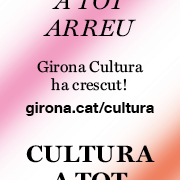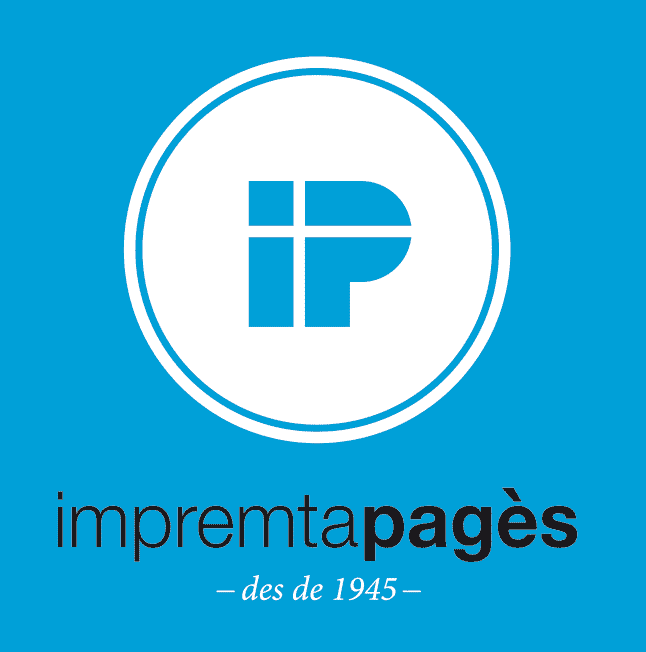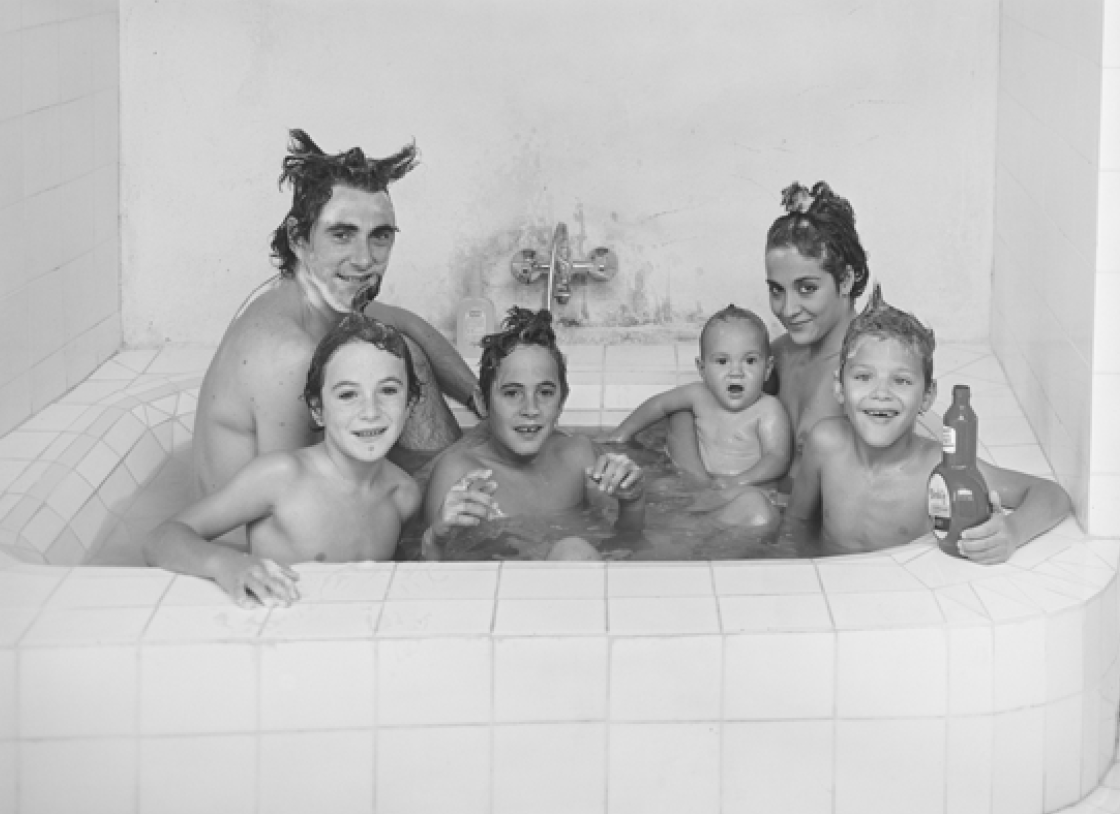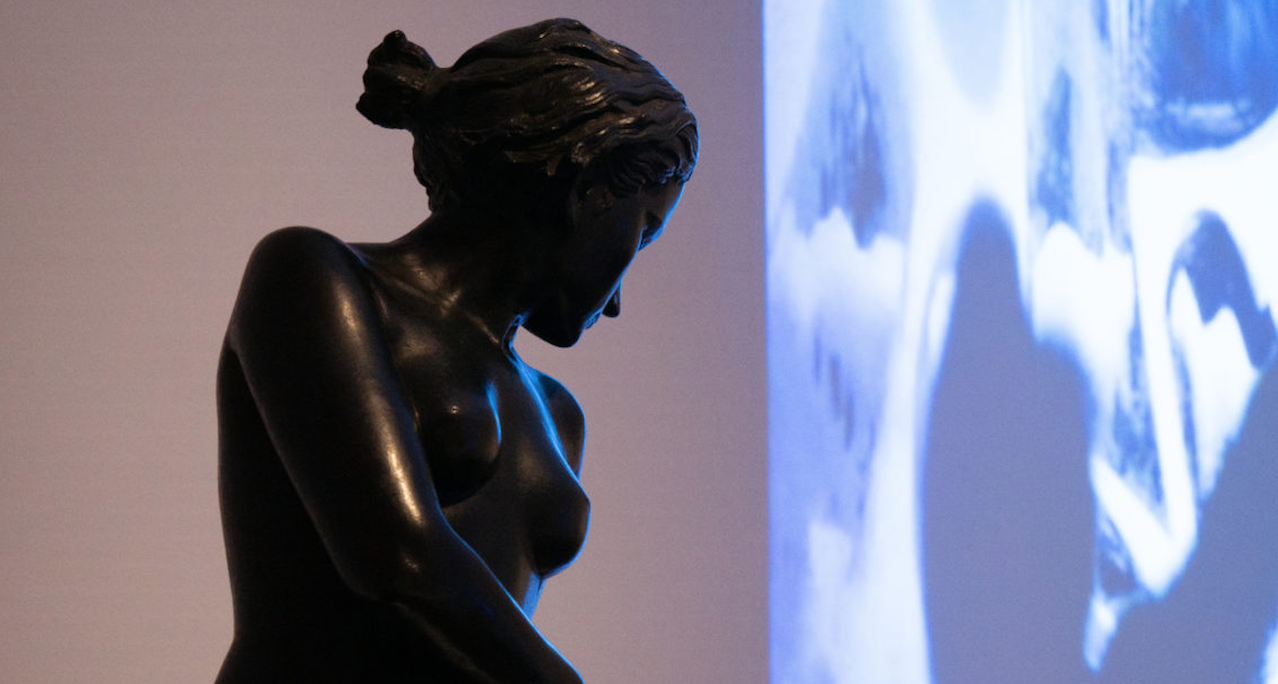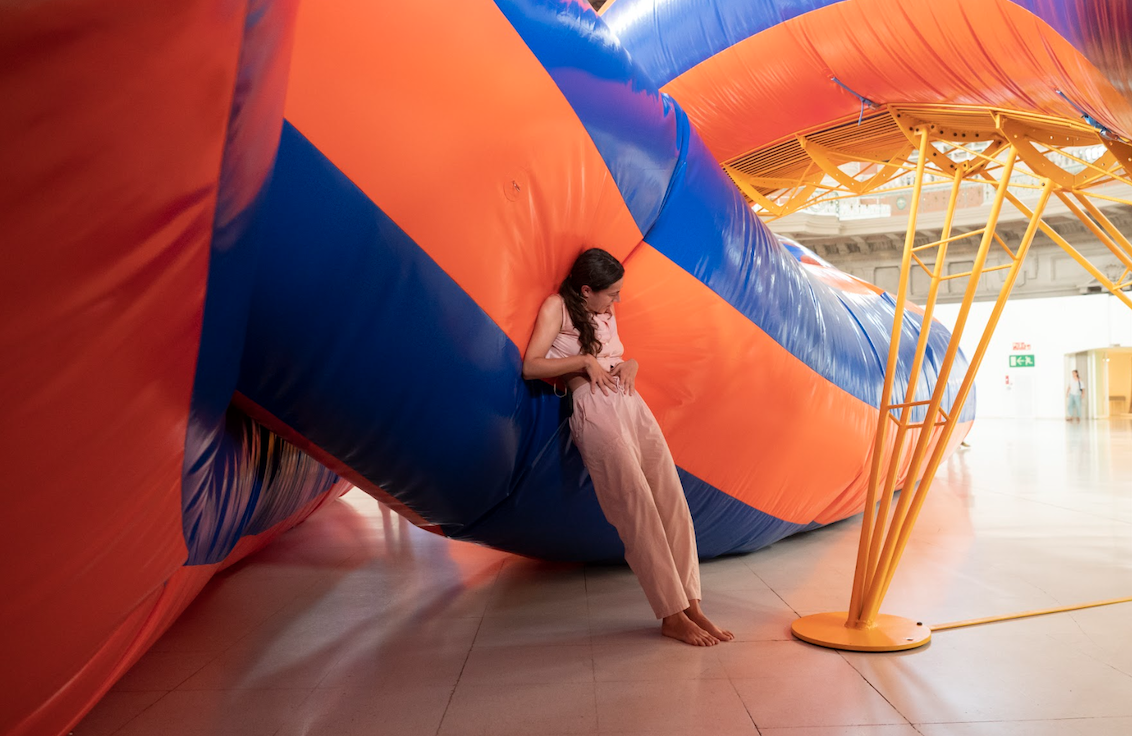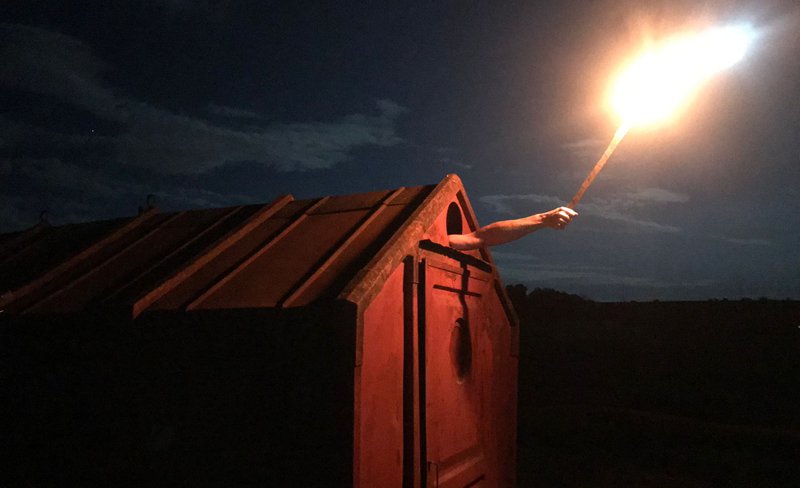contests
13th edition of Art Nou unfolds in L'Hospitalet and Barcelona
Festival has opted for a decrease in spaces in favor of an increase in the degree of involvement with the proposal of individual exhibitions - 28 of the 30 that are presented - which make it possible to offer a greater space for professionalization to emerging artists
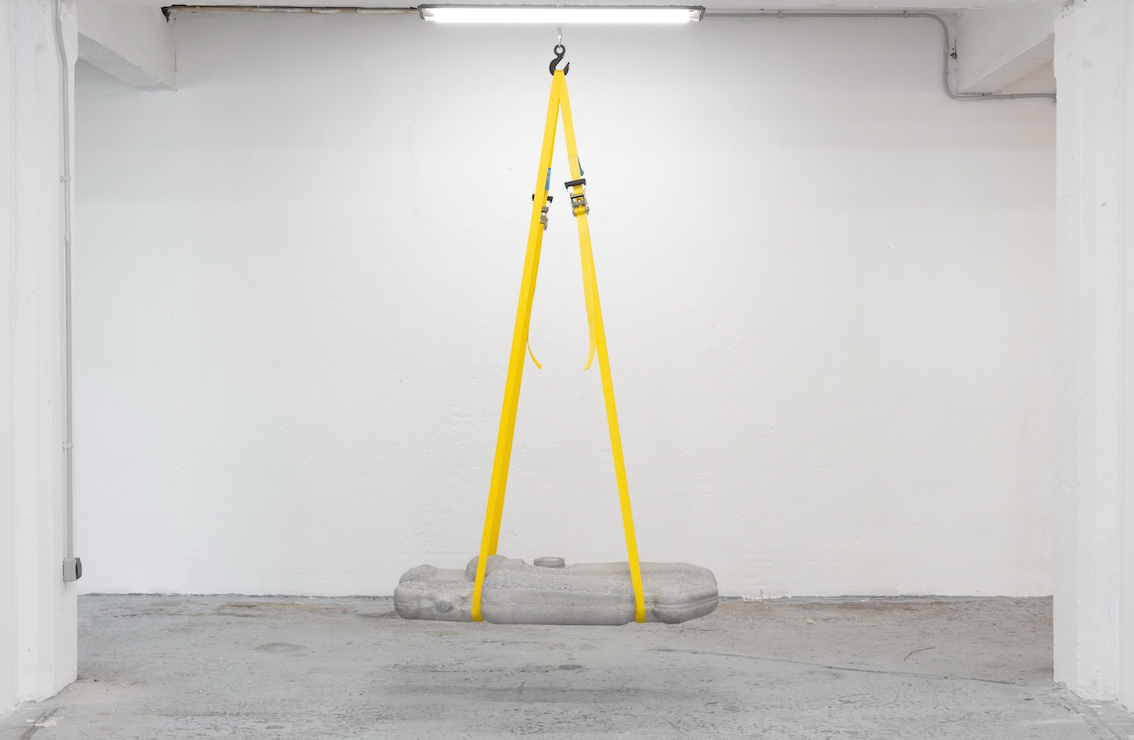
From June 26 to September 3, L'Hospitalet and Barcelona will host the 13th edition of Art Nou, which once again claims galleries as spaces open to the general public, meeting places and debates. For this reason, the vast majority of participating spaces continue to be galleries, with a total of 21, to which are added 8 independent and self-managed spaces. This fact consolidates Art Nou as a reference festival for emerging art that wants to expand its tentacles also beyond the galleries and be a reflection of the proliferation of hybrid spaces in the city. In addition, the festival has the participation of 2 exhibiting institutions and 2 collaborators.
The emerging art festival of Barcelona and l'Hospitalet Art Nou, organized by d'Art Barcelona, which offers the possibility to young national and international creators to establish their first professional relationship with the art market, galleries, self-managed spaces and institutions dedicated to emerging art.
In this new edition, the festival will offer 29 shows by 46 artists under the age of 35 in 22 galleries, 8 independent spaces and 4 institutions, and an extensive program of parallel activities that includes routes, guided tours, conversations with artists, performances , screenings and actions in the different spaces participating in the festival.
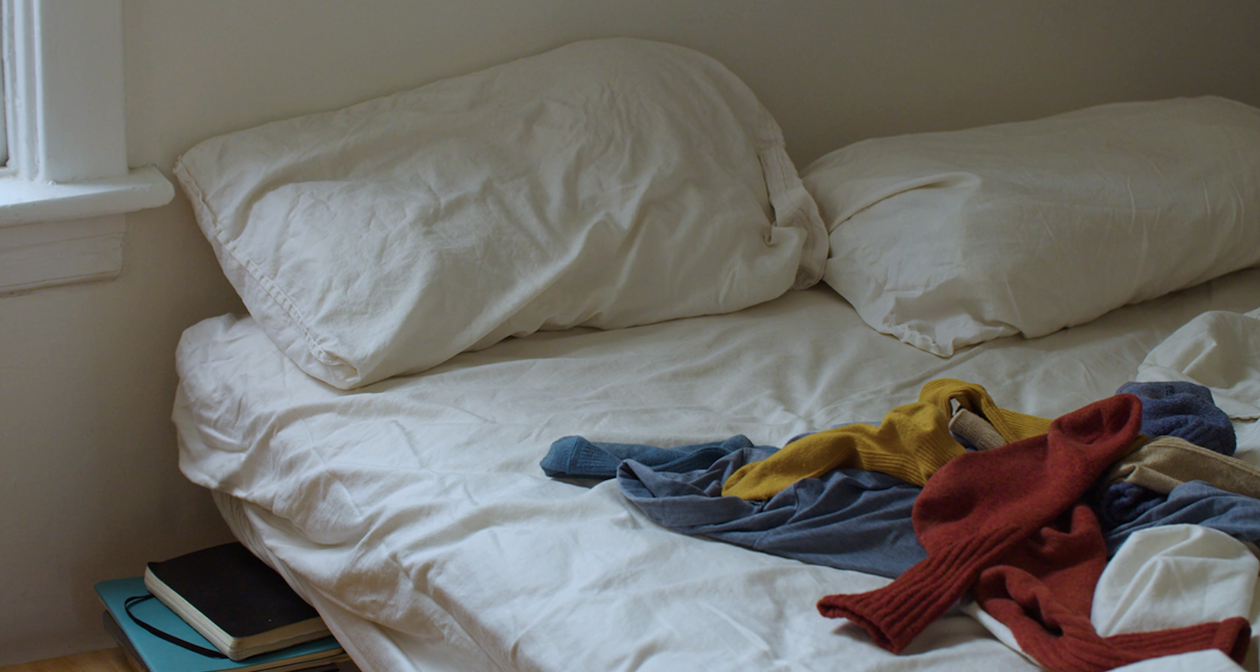 Marti Madaula. The Living Wardrobe. PratsNoguerasBlanchard
Marti Madaula. The Living Wardrobe. PratsNoguerasBlanchard
Exhibitions of New Art 2024
Memory and identity . Memories, origins, personal or family memory or migration are recurring themes in exhibitions we find in the 13th edition of Art Nou. Through the observation of everyday life and the society that surrounds him and being carried away by memory, Jieyu Zheng turns to the darkness of black to evoke the nights of Wenzhou, linked to the lingering smell of patchouli, symbol of identity and roots in the exhibition he presents at Suburbia Contemporary. Through painting and ceramics, the work of Lena Laguna Diel , which can be seen at Fuga, proposes an introspective journey into experience, memory and personal spaces through the evocation of emotions and memories deep and the interconnection of our lives with the world we inhabit. At the Ola Gallery, Elena Garrigolas studies the relationship of the individual with society to get into the identities, beliefs and taboos of human behavior.
The experience of migration takes center stage in two exhibitions. In Tangen Projects, Anna Andrzhievskaia explores this through the idea and format of the game, which offers viewers a nuanced understanding of the complexities inherent in the search for home and belonging. And at the Arranz Bravo Foundation, Adrián Castañeda presents rooms made of concrete, plaster or wax to reflect on the figure of the stowaway and the obstacles that many face in the face of the prevailing need to cross a border.
There is also an interest in the human figure and identity, as we can see in the exhibition at the RocioSantaCruz Gallery, where Guillem Coma exhibits for the first time his pen drawings, in which the presence of the human figure appears in a register of abstraction, blurred, almost hinted at. At the Esther Montoriol Gallery, Tura Sanglas explores the experience of crying through ceramics and drawing.
The space we live in. Space, both intimate and inhabited, is a theme that crosses many of the Art Nou exhibitions, from various approaches. In Chiquita Room, photographer AlbaYruela explores her personal and subjective relationship with a specific space, nature, through a light box and other connected images that create an intimate, personal and shared world. Vicente Prieto Gaggero presents at Victor Lope Arte Contemporáneo a project about the complex affective relationships between individuals and their environments through the use of ancestral techniques of the pre-Columbian peoples of America and of the original European ceramics. The paintings that Elise Vlaminck exhibits in Espronceda evoke the public space of the city, but also the interior space that can be guessed through lights and shadows, a dialogue between our private lives and the world we inhabit.
Anna Sevilla Paris investigates, in a proposal that can be seen at Raccoon Projects and Dracula, gears and the ability to present themselves as open stages: spaces from which to show their materials and their compositions , which become indicators of their own language. Starting from the manufacture of an almanac, Andrea Herrera creates a tour through the space of El Sielo, deploying scenes, characters and objects with the aim of combining chronology and image, a disjointed union that transcends the validity of the Calendar. The video installation that Martí Madaula presents at Prats Nogueras Blanchard is an essay on self-fiction in which the artist thinks of the wardrobe as a living organism that feeds on his new clothes and that ends up becoming a metaphor for the friction between maintaining individuality and embracing new love. At Homesession, a curatorial proposal by Ezequiel Soriano proposes a dialogue between Meritxell Cañas , Marta Ruaix Viñas and Judit Luna based on the postcards that are exchanged from spaces - or intimate architectures - that they are building.
Transdisciplinarity and new technological tools . The influence of textile art, graffiti, but also new technologies and devices become topics of reflection and work tools for many of the projects on display. At Escat Gallery in Casa Estudio Granados, Pol Pintó works with computer software to address concepts such as action, randomness, repetition or fatigue as the engine of artistic production. In the project that Asiab Dib exhibits at Espai 19, he uses a webcam to invite us to think about the naturalized and carefree use of web sites and the mobile camera, and how we record ourselves and generate an identity through technologies At Dilalica, Huaqian Zhang presents an installation that generates a dialogue between the technical and industrial dimension of knitting machines and the warmth and craftsmanship of sewing and textile manual work. Cristina Reid creates a textile installation in the Souvenir Space that tells us about the concept of maintenance as opposed to development, and the relationship of the former with the feminized work of handmade fabrics.
Exploring the World: Natural Phenomena and Climate Change . Natural phenomena, the perception and construction of the landscape or the impact of human actions on the environment are topics of interest for some of the artists we find in this year's edition. At the Senda Gallery, Carla Cascales presents a series of unpublished large-format paintings and ceramics in which gravity acts as a creative force and with which she explores the interaction between natural forces and artistic practice. In the H2O gallery, Elisabeth Terrisse de Botton poetically addresses the climate and its relationship with our ways of life, focusing on the interaction between architecture, the environment and human beings. We also find research around those imperceptible forces, such as air, and the relationship or capacity for change they have in bodies or spaces: in Ethall with Eduardo Hodgson and House of Chappaz with Natalia Domínguez . In the Mayoral Gallery, Alice Volgel appropriates an old parachute to point out the rawness and tenderness of light things that can be lapidary.
Curated by Gisela Chillida, Sala Parés presents an exhibition that explores the relationships of interdependence between landscape and perception through the eyes of the artists Núria Farré , Nil Safont, Marc Ávila Català, Federico García Trujillo and Ana Císcar. From a critical approach, Paula Artés presents a photographic research at Àngels Barcelona that reflects on the power relations in the construction of the Castor platform and the serious environmental impact it entailed.
The vindication of painting
Painting once again has a prominent place among the proposals presented by the 13th edition of Art Nou and is claimed, once again, as a discipline that is gaining space among the new generations. We find it, among many other proposals already mentioned, at Ana Mas Projects with the exhibition of Rita Sala 's latest works that are born from a reflection on the landscape, understood from an expanded perspective, like a journey that crosses stadiums, layers , imaginary worlds and other emotional, sexual and political systems. At Taché Art Gallery, Christina Krah tries to capture, through the brush, the moment of contemplation of nature and its effect of grandeur, and Natalia Suárez presents at Bombon Project a set of oil paintings and drawings in which recurring characters they inhabit spaces of dubious depth. At L21 Barcelona, Ben Edmunds questions the supposed anti-utilitarianism of painting through the assembly of his works, which continue to explore color and the different materials from adventure sports.


